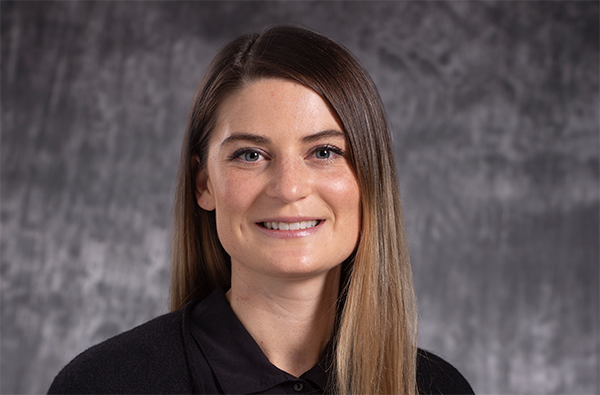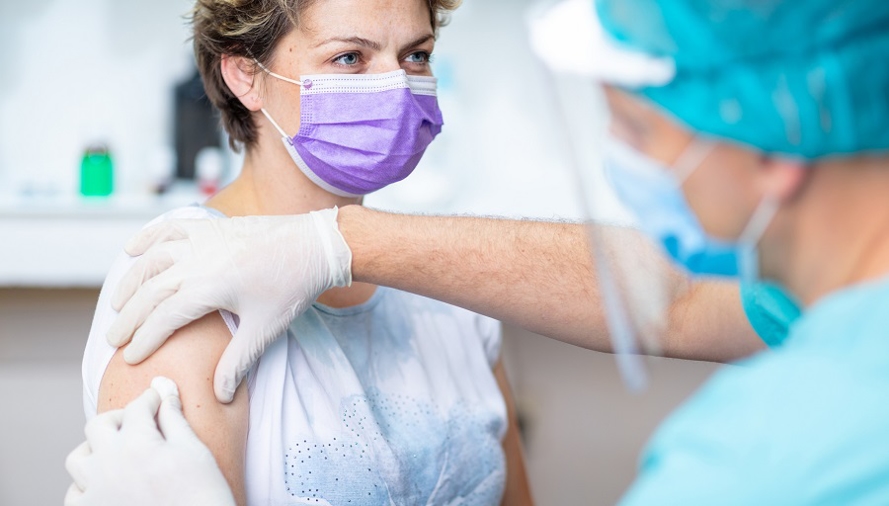Why You Need Sunscreen, Even in Winter
Dec 23, 2024

Don’t stash your sun protection just because summer’s over. Ultraviolet radiation can damage your skin at any time of year.
Who needs sunscreen when it’s cold enough to break out your winter scarves and puffer jackets? You do. The skin damage that sunscreen helps prevent is actually caused by ultraviolet radiation, which is present whether temperatures are sweltering, freezing or anywhere in between.
Sunburn, while visible and painful, is just one risk of overexposure. Too much radiation also causes skin to wrinkle, bruise and tear more easily. It may even prompt the appearance of tiny broken blood vessels, especially on the face. A more serious hazard is skin cancer — the most common type of cancer in the U.S. — which is why the National Cancer Institute recommends not only wearing sunscreen but also limiting sun exposure during the peak hours of 10 a.m. to 4 p.m. throughout the year.
Wintertime Sunburn Risk
Whenever you’re outside — whether it is hot or cold, clear or cloudy — uncovered parts of your body are exposed to ultraviolet, or UV, radiation. There are three types, with progressively shorter wavelengths: UVA, UVB and UVC, the last of which is completely filtered out by Earth’s atmosphere.
UVA, which has the longest wavelength, makes up about 95 percent of the ultraviolet radiation that reaches the Earth. It penetrates deeper skin layers and causes immediate tanning. Shorter-wavelength UVB, which is largely filtered out by the atmosphere, can reach only superficial layers. It causes delayed tanning and burning and significantly increases the risk of skin cancer. Both UVA and UVB are linked to aging of the skin.
While ultraviolet radiation is present year-round, a variety of environmental conditions affect it, including:
- Time of day: Radiation levels fluctuate based on the height of the sun in the sky. In the U.S., they are highest during the four hours around noon.
- Latitude: Ultraviolet levels are higher closer to the equator because the sun’s rays travel a shorter distance through the atmosphere there.
- Altitude: Higher altitudes offer less atmospheric protection from ultraviolet radiation. UV levels increase about 10 percent for every 1,000 meters of altitude.
- Clouds and haze: While cloud cover generally lowers ultraviolet radiation exposure, light or thin clouds offer little protection.
- Ground reflection: When you’re outside, the environment can make a big difference in your exposure risk. Grass, soil and water reflect less than 10 percent of ultraviolet radiation, for example, but sand reflects about 15 percent and sea foam about 25 percent. Snow can reflect as much as 80 percent.
Applying Sunscreen Correctly
To protect yourself in any season, the U.S. Centers for Disease Control and Prevention recommends the following tips to make the most of your sunscreen:
- Wear broad-spectrum sunscreen with a minimum sun protection factor, or SPF, of 15.
- Guard against UVA exposure with products that contain Mexoryl, Parsol 1789, titanium dioxide, zinc oxide or avobenzone.
- Apply a minimum of 1 ounce of sunscreen at least 20 minutes before exposure, remembering to cover your ears, scalp, lips, neck, the tops of your feet and the backs of your hands.
- Reapply sunscreen at least every two hours and each time you get out of the water or sweat heavily.
- Replace your sunscreen after one to two years because the ingredients lose their potency.
UV Protection in Winter
You can also take these steps to protect your skin during the winter:
- Wear long-sleeved jackets, hats and gloves.
- Wear clothes with a high ultraviolet protection factor. UPF measures how much radiation can reach your skin through the clothing’s fabric. To qualify for the Skin Cancer Foundation’s Seal of Recommendation, fabric must have a UPF rating of at least 30. Ratings above 50 are considered excellent, blocking 98 percent of the sun’s rays.
- Wear wraparound sunglasses or goggles with 100 percent UV protection.
- Find shade between 10 a.m. and 4 p.m., when UV rays are strongest.
Related articles

Tough to swallow: How speech-language pathologists help hospital patients
December 1, 2020

Addiction specialist weighs in on alcohol awareness
April 28, 2020

Primary care providers share why getting a flu shot is more important than ever
October 19, 2020